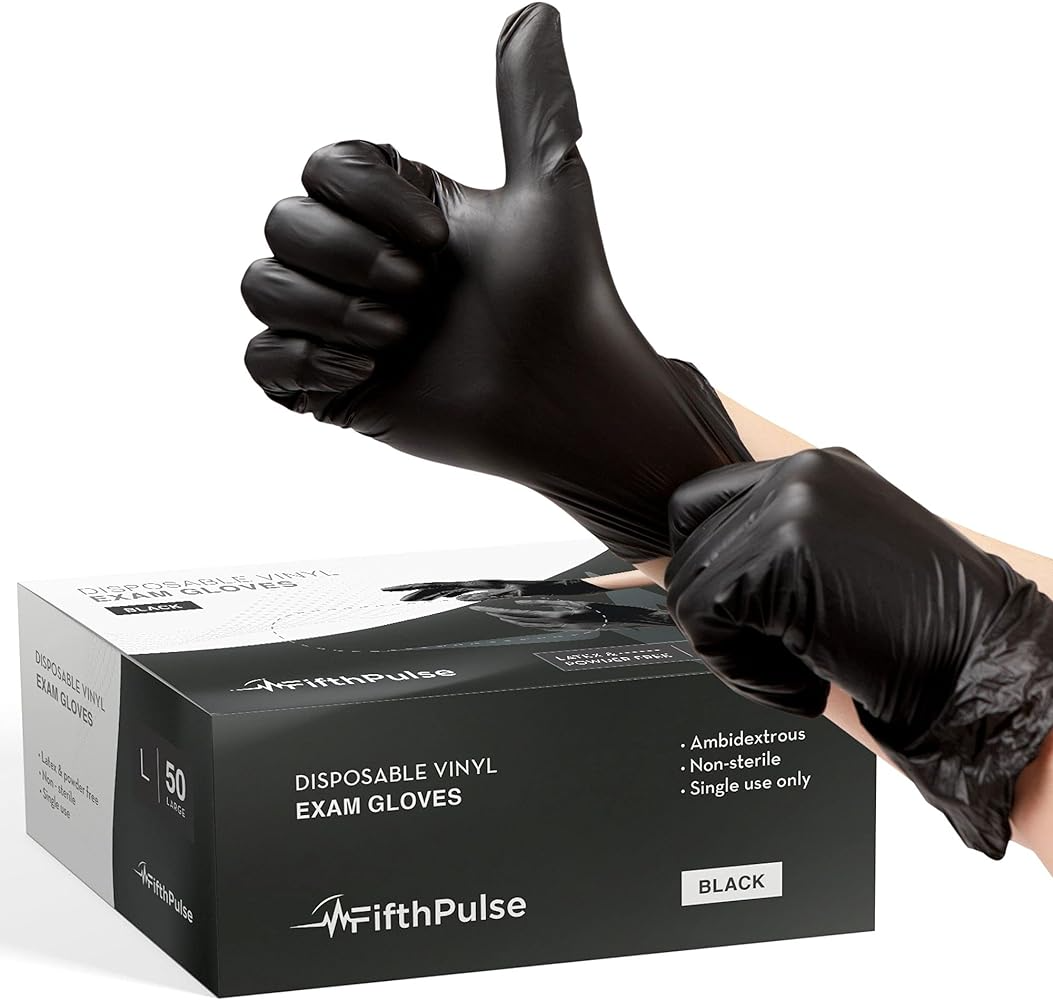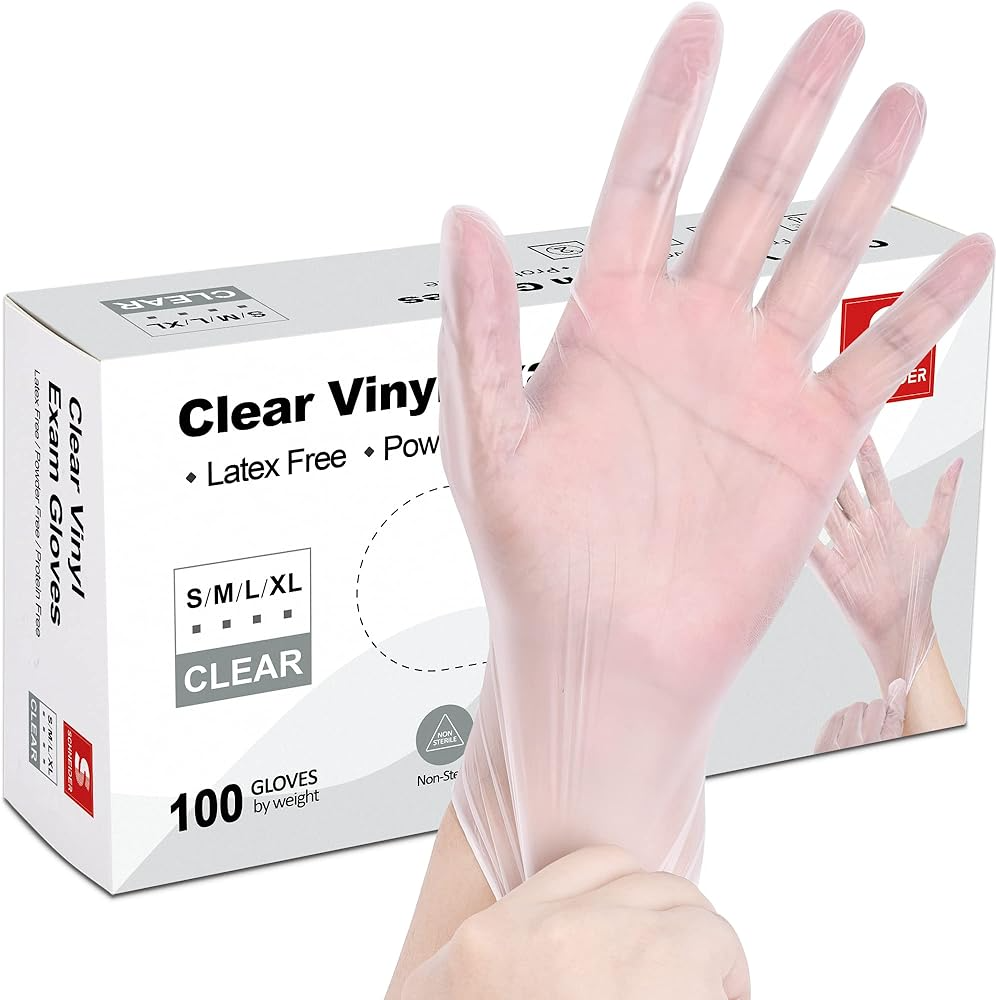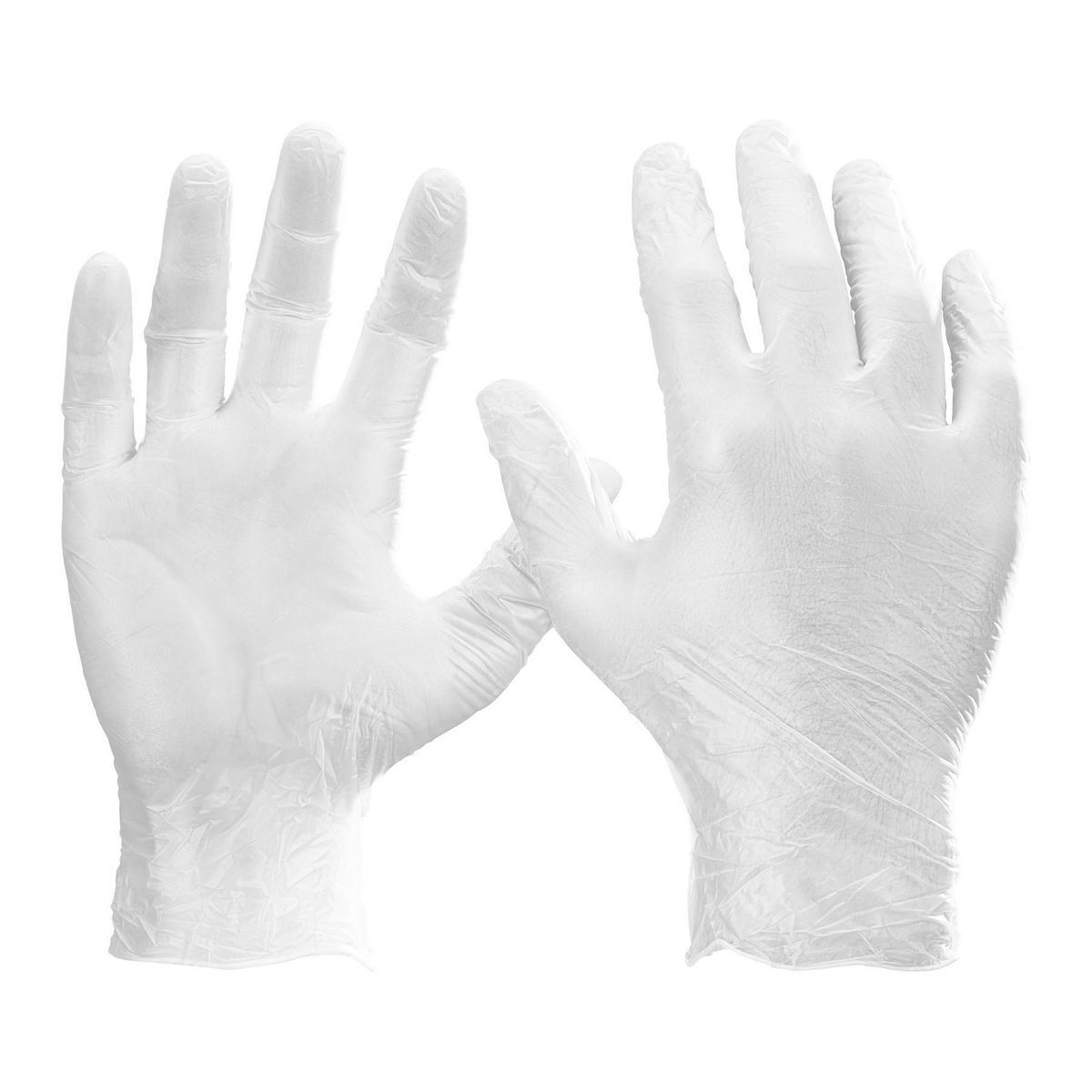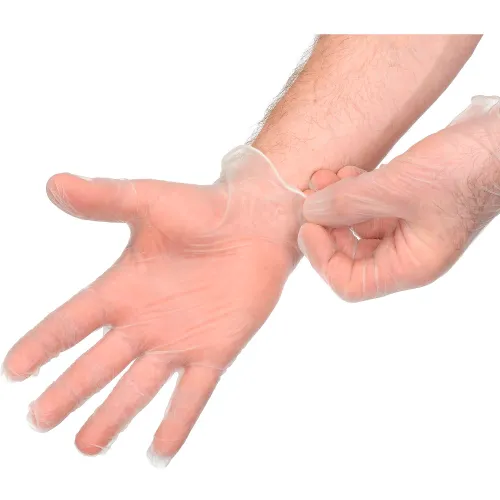Vinyl gloves have steadily gained popularity over the years as a cost-effective and versatile option for various industries requiring hand protection. From medical settings to food preparation and general cleaning tasks, these gloves offer a practical solution that balances economy with functionality. In this comprehensive guide, we delve into the world of vinyl gloves, exploring their composition, advantages, applications, and environmental considerations.

What Are Vinyl Gloves?
Understanding the Material
Vinyl gloves, also known as polyvinyl chloride (PVC) gloves, are made primarily from PVC resin. This synthetic plastic material undergoes a process where it is mixed with plasticizers to make it soft and pliable, transforming it into a flexible film ideal for glove manufacturing. Unlike latex or nitrile gloves, vinyl does not contain natural rubber, making them a suitable choice for individuals with latex allergies.
Key Features and Benefits
Allergy-Friendly Option
One of the standout features of vinyl gloves is their hypoallergenic nature. They eliminate the risk of allergic reactions associated with natural rubber latex, providing a safe alternative for users prone to sensitivities. This quality makes them particularly valuable in healthcare settings where latex allergies are a concern.
Economical Choice
Cost-effectiveness is another significant advantage of vinyl gloves. They are generally less expensive compared to latex or nitrile gloves, making them an attractive option for businesses operating on tight budgets, especially those requiring large quantities of disposable gloves for routine tasks.
Ease of Use and Comfort
Vinyl gloves are lightweight and easy to don, even for extended periods. Their looser fit can enhance comfort for users who find tight-fitting gloves restrictive. However, this also means they may not provide the same level of tactile sensitivity as form-fitting alternatives.
Applications Across Industries
Healthcare
In medical environments, vinyl gloves are commonly used for non-invasive procedures and general patient care. While they may not offer the same level of barrier protection as nitrile or medical-grade latex gloves, they suffice for low-risk situations where there’s minimal exposure to bodily fluids or harmful chemicals.
Food Service
The food industry widely拥抱s vinyl gloves for tasks ranging from food preparation to serving. Their affordability and allergen-free status make them ideal for ensuring food safety without breaking the bank. However, it’s crucial to ensure that food-safe certified gloves are used to comply with health regulations.
Cleaning and Janitorial Services
For janitorial staff, vinyl gloves provide basic protection against cleaning chemicals and dirt without necessitating the durability of heavy-duty gloves. They’re convenient for quick clean-up jobs and help maintain hygiene standards.
Environmental Impact and Sustainability
The Dark Side of PVC Production
Polyvinyl chloride (PVC), the primary component of vinyl gloves, has long been under scrutiny due to its environmental footprint. The manufacturing process of PVC is energy-intensive and generates hazardous byproducts, including dioxins and heavy metals like mercury and lead. Dioxins, in particular, are highly toxic and can accumulate in the environment and living organisms, posing severe health risks. These pollutants not only affect factory workers but can also contaminate surrounding ecosystems and communities.
Plasticizers: A Double-Edged Sword
Plasticizers, such as phthalates, are added to PVC to make it soft and malleable, a characteristic essential for vinyl gloves. Unfortunately, these substances pose their own set of environmental and health issues. Phthalates have been linked to hormone disruption and can leach out of the gloves over time, especially when exposed to heat or fats, potentially contaminating food or other materials they come into contact with. Furthermore, they are not tightly bonded to the PVC matrix, which means they can migrate into soil and water systems upon disposal, affecting wildlife and ecosystems.
Disposal Dilemma: Non-Biodegradability and Recycling Challenges
Vinyl gloves, like most single-use plastics, do not biodegrade naturally. They can persist in landfills for centuries, contributing to the mounting global waste crisis. Attempts at recycling are hindered by the complexity of the material; separating the plasticizers from the PVC requires advanced processes that are often costly and not widely available. As a result, a vast majority of used vinyl gloves end up in landfills or, worse, as litter in our oceans and natural habitats.
Seeking Sustainable Solutions
In response to these environmental challenges, several initiatives are underway to mitigate the impact of vinyl gloves:
Development of Alternative Materials
Research focuses on developing gloves from more sustainable materials, such as bio-based plastics derived from renewable sources like cornstarch or sugarcane. These alternatives aim to replicate the functionality of vinyl gloves while reducing reliance on fossil fuels and minimizing environmental toxicity.
Enhanced Recycling Technologies
Efforts are also directed towards improving recycling processes for PVC, including the development of chemical recycling methods that can break down the material into its base components for reuse. Though still in its infancy, such technology holds promise for reducing the volume of PVC waste.
Encouraging Responsible Disposal and Reuse
Educating users on proper disposal practices and encouraging the use of reusable gloves where appropriate can also play a significant role. In some instances, gloves can be collected separately for specialized disposal or recycling programs, reducing contamination in regular waste streams.
Certification and Standards
Adopting and promoting eco-labeling and certifications for gloves can encourage manufacturers to adopt greener production methods and materials. Certifications like the Cradle-to-Cradle certification can assure consumers that the product meets rigorous sustainability criteria throughout its lifecycle.
Moving Towards a Greener Future
The environmental impact of vinyl gloves underscores the need for a concerted effort towards more sustainable practices within the glove manufacturing industry. While vinyl gloves continue to serve essential functions across various sectors, it is imperative to balance their utility with environmental responsibility. Through innovation, improved recycling infrastructure, and conscious consumer choices, we can work towards mitigating the ecological footprint of these ubiquitous protective items. As we strive for a circular economy, the evolution of glove technology and waste management practices will be crucial in safeguarding both human health and the health of our planet.
Conclusion: Choosing Wisely for Your Needs
Vinyl gloves, with their affordable price point, hypoallergenic properties, and versatility across industries, have secured a place as a go-to option for many. Yet, it’s essential to weigh their limitations in terms of barrier protection and environmental implications when deciding on the most suitable glove type for specific applications. As sustainability becomes a growing priority, exploring and adopting greener alternatives will be crucial in the quest for protective gear that safeguards both users and the planet. Ultimately, understanding the unique characteristics of vinyl gloves enables informed decisions that prioritize safety, comfort, and environmental responsibility.




